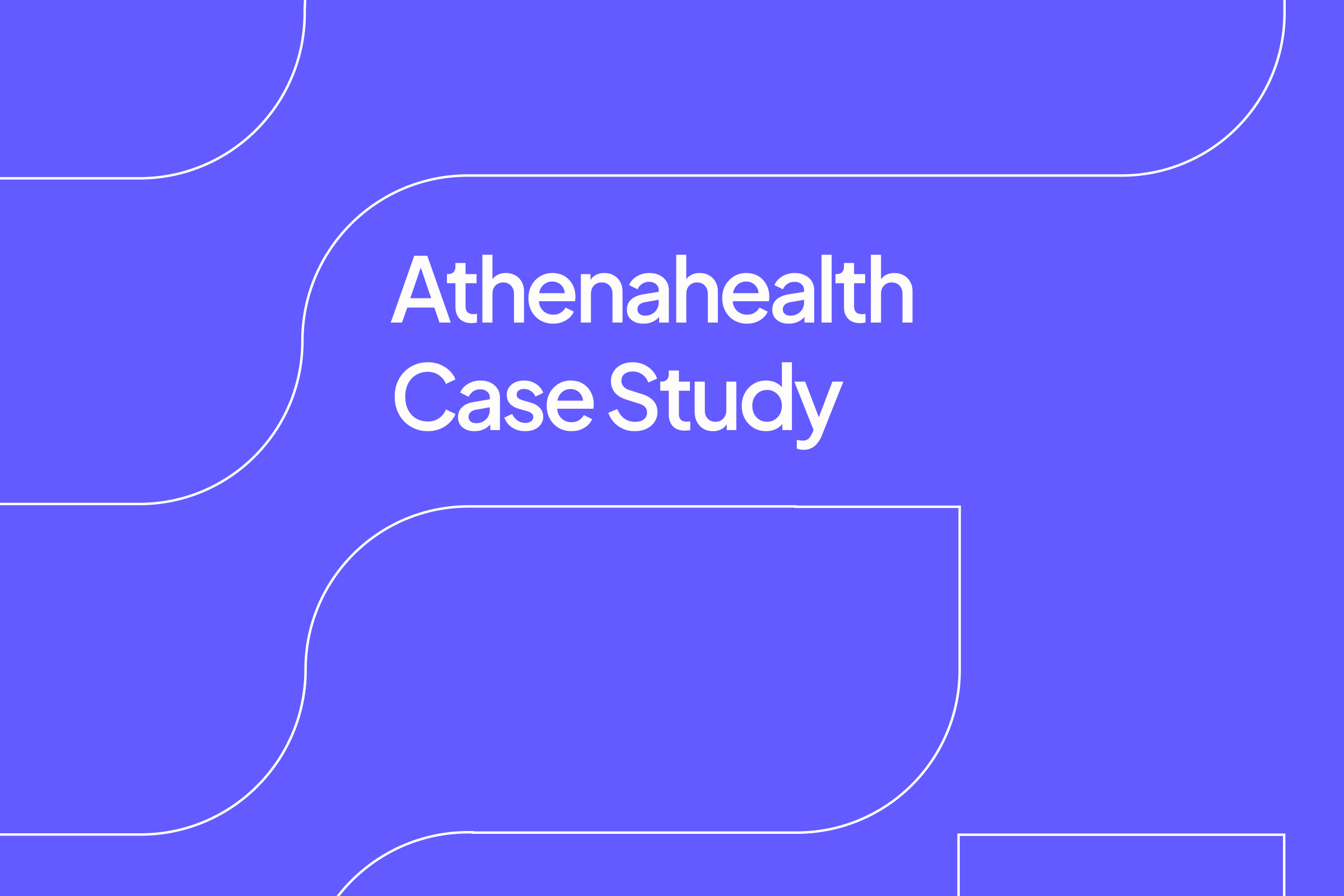
The Critical Role of Accurate CLI Coding in Patient Care and Reimbursement
If you've ever seen a high-stakes sports game lost by a tiny oversight, you understand the ripple effect a small error can have. The same holds true in coding for Critical Limb Ischemia (CLI): one misstep can lead to incorrect reimbursement, missed data for research, and even worse—delayed treatments for patients.
CLI, the most severe form of peripheral arterial disease (PAD), dramatically increases the risk of limb loss and mortality. When we get the coding right, we ensure proper payment and help create a robust clinical data set that can improve patient care.
What Defines Critical Limb Ischemia (CLI)
Critical Limb Ischemia (CLI) occurs when peripheral arterial disease advances to the point of:
- Ischemic rest pain that lasts more than two weeks
- Arterial ulcers resistant to standard care
- Gangrene due to inadequate blood flow
Since the 2020 ICD-10 updates, there have been 144 diagnosis codes specific to CLI, spanning I70.2–I70.7. Understanding which code is correct for the exact clinical scenario is vital for proper reimbursement and accurate patient outcome data.
Key Principles for Accurate CLI Coding
1. Code to the Highest Severity
CLI can present on a sliding scale, from rest pain to ulcers and, in the most severe cases, gangrene. If multiple manifestations are present (e.g., rest pain, ulcers, and gangrene), always code the most severe condition—in this case, gangrene.
Pro Tip: Don't forget to code any comorbidities that may exacerbate CLI, such as diabetes or tobacco use, which can affect both clinical management and reimbursement.
2. Specify Laterality
You'll save yourself denials and queries by being explicit about which limb or limbs are affected:
- Right leg
- Left leg
- Bilateral involvement
Rarely, upper extremities can be involved. If that's the case, be sure to document thoroughly and select the correct code for upper-extremity involvement.
3. Identify the Vessel or Graft Type
We can't stress enough how important it is to distinguish between disease in native arteries vs. bypass grafts:
- Native artery disease: Codes in the I70.2xx series
- Bypass grafts:
- Autologous vein: I70.4xx
- Nonautologous biological graft: I70.5xx
- Synthetic graft: I70.6xx
Common Coding Scenarios
Scenario 1: CLI with Rest Pain
If the patient reports rest pain in the left foot but no ulcer or gangrene:
- I70.222 – Atherosclerosis of native arteries of extremities with rest pain, left leg
- Also, document risk factors (e.g., Z72.0 for tobacco use) and comorbidities like E11.9 (type 2 diabetes) as appropriate.
Scenario 2: CLI with Ulceration
Ulcer coding often requires two codes—one for PAD/CLI and another to specify the ulcer's characteristics:
- Use I70.x3–x5 for CLI with ulceration
- Add an L97.xx code to denote the ulcer location and depth, such as L97.411 (non-pressure ulcer of right heel with skin breakdown)
Example: Right foot heel ulcer related to CLI might be I70.234 plus L97.411.
Scenario 3: CLI with Gangrene
When gangrene is present, use the I70.xx6 codes. If an ulcer coexists, still include the relevant L97 code. Thorough documentation of both the gangrene and the ulcer location ensures an accurate representation of severity.
Documentation: A Team Sport
Standardized Documentation
Ensuring every detail is captured can feel like a quarterback calling plays in real-time. Templates and checklists help vascular surgeons, podiatrists, and coding professionals stay aligned on key elements:
- Laterality
- Severity (rest pain, ulcer, gangrene)
- Type of vessel disease (native vs. graft)
- Comorbid conditions
- Risk factors (e.g., smoking status, diabetes)
Recommended Resource: CMS ICD-10-CM Official Guidelines for the latest updates.
Link Treatments to Diagnoses
To avoid claim denials, make sure to link the correct ICD-10 code to the CPT code that represents the procedure performed (angioplasty, bypass, etc.). Each insurer—Medicare in particular—has local coverage determinations (LCDs) and national coverage determinations (NCDs) spelling out which diagnosis codes support medical necessity for each procedure.
Potential Audits and How to Prepare
Complex CLI cases often trigger utilization reviews. Mitigate risk by:
- Documenting fully: Include imaging reports (ABI, duplex ultrasound, CT/MR) and consults that confirm CLI severity
- Coordinating among specialists: If a podiatrist is coding foot ulcers and a vascular surgeon handles bypass, ensure consistent language and severity levels
- Retaining references: Keep your coding guidelines and official references ready for any payer audits
Why This All Matters: Patient Outcomes & Reimbursement
Accurate CLI coding is about more than payment—it informs quality measures, risk adjustment, and patient management strategies. Data gleaned from precise coding can spur research on limb salvage techniques, identify best practices, and even reduce overall healthcare costs by promoting earlier intervention.
Studies show that timely and accurate CLI intervention can dramatically reduce major amputations. Proper coding ensures these interventions are recognized, reimbursed, and continually improved upon.
Key Takeaways
- Always Code to Highest Severity: From rest pain to gangrene, specificity is everything
- Specify Laterality and Vessel Type: Native artery vs. graft distinctions prevent denied claims
- Use Secondary Codes Wisely: Document ulcers (L97.xx), comorbidities, and risk factors
- Collaboration is Critical: Surgeons, podiatrists, and coders must stay on the same page
- Stay Updated: ICD-10-CM changes annually; monitor updates through official sources like CMS or the CLI Global Society
By staying vigilant and coding accurately, we not only ensure proper reimbursement but also contribute valuable data to the ongoing mission of reducing limb loss. In the high-stakes world of CLI, every detail—like every yard in a championship game—truly counts.
Stay tuned for annual ICD-10 updates and payer-specific changes that can affect how we code CLI. After all, better data means better decisions—and better decisions mean better patient outcomes.
Warren Wang is a leading expert at the intersection of artificial intelligence and healthcare, with a proven track record of developing innovative tools and frameworks. His extensive experience includes research, development, and real-world applications of clinical AI.
- Alumnus of MIT (EECS & Physics)
- Explainable AI Research at MIT CSAIL
- Gold Medalist at the International Physics Olympiad
- Published Researcher at NeurIPS
- Medical AI Research in Leading Hospitals
- Creator of NVIDIA's Medical Imaging Platform








